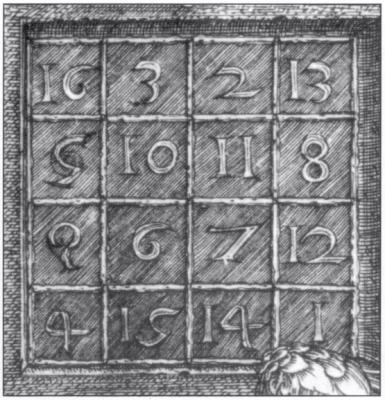... newer stories
Donnerstag, 24. November 2011
Lichtbrücken aus Gold
klauslange,17:54h
Eine interessante Entdeckung berichtet science daily hier:
Man nehme eine sehr dünnes Platte aus Gold, stanze sehr kleine Löcher hinein und Messe, wie viel Licht von der einen Seite zur anderen Seite durch die Löcher gelangt. Nun schließe man alle diese Löcher, indem man auf ihnen kleine Goldplättchen legt, die die Löcher jeweils etwas überlappen und Messe wieder, wieviel Licht nun auf die Seite ankommt, die der Lichtquelle abgewand ist.
Statt wie zu erwarten steht, dass kein Licht die abgedeckten Löcher passiert, kommen im Gegenteil sogar 70% mehr Lichtteilchen hindurch, als wenn die Löcher nicht verschlossen sind.
Das ist ein sehr überraschendes Ergebnis.
Zitat:
"We did not expect more light to get through," Chou said. "We expected the metal to block the light completely."
Chou said the metal disk acts as a sort of "antenna" that picks up and radiates electromagnetic waves. In this case, the metal disks pick up light from one side of the hole and radiate it to the opposite side. The waves travel along the surface of the metal and leap from the hole to the cap, or vice versa depending on which way the light is traveling. Chou's research group is continuing to investigate the effect and how it could be applied to enhance the performance of ultrasensitive detectors.
The researchers published their findings Oct. 7 in the journal Optics Express, and it quickly became one of the most downloaded papers.
Wer das Buch 'Die Urwort Matrix' gelesen hat, wird meine folgenden Fragen verstehen:
Wie verhält sich das Licht bei anderen Materialien und Metallen, die nicht Gold sind? Etwa bei Silber, Kupfer oder Platin? Besitzt Gold da eine besondere Eigenschaft?
Man nehme eine sehr dünnes Platte aus Gold, stanze sehr kleine Löcher hinein und Messe, wie viel Licht von der einen Seite zur anderen Seite durch die Löcher gelangt. Nun schließe man alle diese Löcher, indem man auf ihnen kleine Goldplättchen legt, die die Löcher jeweils etwas überlappen und Messe wieder, wieviel Licht nun auf die Seite ankommt, die der Lichtquelle abgewand ist.
Statt wie zu erwarten steht, dass kein Licht die abgedeckten Löcher passiert, kommen im Gegenteil sogar 70% mehr Lichtteilchen hindurch, als wenn die Löcher nicht verschlossen sind.
Das ist ein sehr überraschendes Ergebnis.
Zitat:
"We did not expect more light to get through," Chou said. "We expected the metal to block the light completely."
Chou said the metal disk acts as a sort of "antenna" that picks up and radiates electromagnetic waves. In this case, the metal disks pick up light from one side of the hole and radiate it to the opposite side. The waves travel along the surface of the metal and leap from the hole to the cap, or vice versa depending on which way the light is traveling. Chou's research group is continuing to investigate the effect and how it could be applied to enhance the performance of ultrasensitive detectors.
The researchers published their findings Oct. 7 in the journal Optics Express, and it quickly became one of the most downloaded papers.
Wer das Buch 'Die Urwort Matrix' gelesen hat, wird meine folgenden Fragen verstehen:
Wie verhält sich das Licht bei anderen Materialien und Metallen, die nicht Gold sind? Etwa bei Silber, Kupfer oder Platin? Besitzt Gold da eine besondere Eigenschaft?
... link (0 Kommentare) ... comment
... older stories

